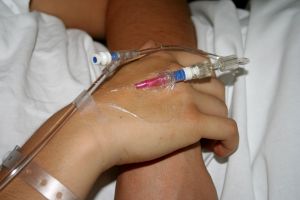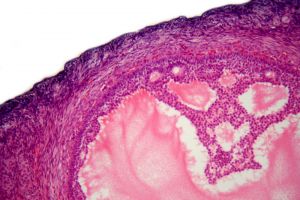Welcome back to the final instalment of this two part special, highlighting some of the cancers which are most common amongst young people and factual information including statistics, common myths and treatments.
Research indicates that adolescent growth spurts, hormones and other growth and development factors are amongst the most probable causes of cancer that affect young people and whilst cancer amongst adolescents is classed as rare, the relatively small number does not accurately convey the huge impact this disease has on them, their families and society.
Lymphoma
- Lymphoma is a group of cancers that affect the cells that play a role in the immune system and primarily represents cells involved in the lymphatic system of the body.
- Just as cancer represents many different diseases, lymphoma represents many different cancers of lymphocytes-about 35 different subtypes,
- Lymphoma is the most common blood cancer and the third most common cancer among children.
- There are two main types of lymphoma, called Hodgkin’s lymphoma and Non Hodgkin’s lymphoma (NHL).
- It is only possible to tell the difference between Hodgkin and non-Hodgkin lymphomas, when the cells are looked at under the microscope.
Hodgkin’s Lymphoma
- Hodgkin lymphoma (HL), also known as Hodgkin disease, is a less common form of lymphoma.
- Hodgkins Lymphoma has a very high cure rate, especially in younger patients diagnosed with early stage disease. In this group the cure rate may approach 100%. For older people over the age of 50, the cure rate is around 75-80%.
- Most cases occur in patients between the ages of 15 and 35 years
- There are about 1500 new cases of Hodgkin’s disease every year in the UK
- The treatment of Hodgkin’s disease normally involves radiotherapy, chemotherapy or both.
- The commonest place for Hodgkin’s lymphoma to be noticed is in the lymph nodes in the neck.
- Hodgkin’s disease was named after the doctor who first recognised it in 1832 – Thomas Hodgkin. It is now called Hodgkin’s lymphoma.
- Hodgkin’s lymphoma affects more men than women.
Non Hodgkins Lymphoma
- It may seem like a strange way to name an illness, but non-Hodgkin lymphoma simply means any lymphoma that is not Hodgkin lymphoma.
- Around 9500 cases of non-Hodgkin lymphoma are diagnosed each year in the UK. About 80 of those are children.
- Non-Hodgkin’s lymphoma is the sixth most common cancer in the UK. It accounts for between 3 percent and 4 percent of all cancers.
- The most common place for it to be noticed first is in the lymph nodes in the neck. It is quite common to find it in the liver or spleen. But it can occur in other body organs as well.
- If rates of non-Hodgkin’s lymphoma continue to rise at the current rate, it is estimated that it will be as common as breast or lung cancer by 2025
Testicular Cancer
- Although testicular cancer is actually rare, overall it is the most common cancer in males ages 15 to 35.
- Testicular cancer is almost always curable if it is caught and treated early.
- Young men should learn how to examine their testicles regularly to detect any abnormal lumps or bumps, which are usually the earliest sign of testicular cancer.
- Around 2000 men a year are diagnosed with testicular cancer in the UK.
- For unknown reasons, Caucasians are four times more likely than non-Caucasians to have testicular cancer
- The type that tends to affect teenagers is a testicular cancer called teratomas. They can start from the age of 15 upwards
- There is no link between testicular cancer and injuries and sporting strains or even hot baths.
- There are two main types of treatment, surgery and chemotherapy. Most need a combination of both treatments.
- In teenagers and young men, however, the incidence may be as high as one in 10,000.
Germ Cell Tumours
- Germ cell tumours are growths that arise in young children and teens, as well as adults.
- Germ cells develop into the reproductive sex organs – testicles in guys and ovaries in girls. Germ cells can travel to other areas of the body, such as the chest, abdomen, tailbone, or brain.
- Germ cell tumours are rare; only 2.4 children out of 1 million will develop a germ cell tumour each year.
- They make up only 4% of all cancers in children and adolescents less than 20 years of age.
- Germ cell tumours can be malignant (life-threatening) or benign (not life-threatening).
- The most common germ cell tumours are teratomas or seminomas of the testicle in men. In women, about 1 or 2% of ovarian cancers are germ cell tumours.
- Germ cell tumours generally respond very well to chemotherapy and most patients are cured
Sources:



